20 Best Places To Visit In Vietnam
With a mix of awe-inspiring natural beauty, bustling cities steeped in history and tradition, and culinary delights that tantalize your taste buds, Vietnam has captured the hearts of many travelers.
Over the years, I’ve visited most places in Vietnam and still craving more. Each region, each city, and even each alley has its own charm, revealing aspects of the country’s rich culture and history, often in the most unexpected of ways.
From the mesmerizing karst landscapes of Ha Long Bay in the North to the sprawling Mekong Delta in the South, here is my list of the best places to visit in Vietnam.
Whether you’re a first-time visitor or a seasoned globetrotter looking to uncover more hidden gems, this comprehensive guide will surely be useful.
Hanoi
Hanoi, the heart of Vietnam, is a city that whispers tales of the past while seamlessly embracing modernity. The city, unlike Saigon, offers a more relaxed pace, allowing you to relish each moment.
In Hanoi, you’ll find an interesting blend of traditional and modern life, perfectly intertwined in its narrow lanes, ancient temples, and buzzing markets.

One of my favorite haunts is the Hanoi Old Quarter, where the winding lanes are brimming with the echoes of ancient Vietnam. A treasure trove of cultural significance, this district is home to merchants and craftsmen, their trade passed down from several generations.
Wandering through the labyrinth of narrow streets, you’ll find the soul of the city in its small, long-established shops, art galleries, and local street food stalls.
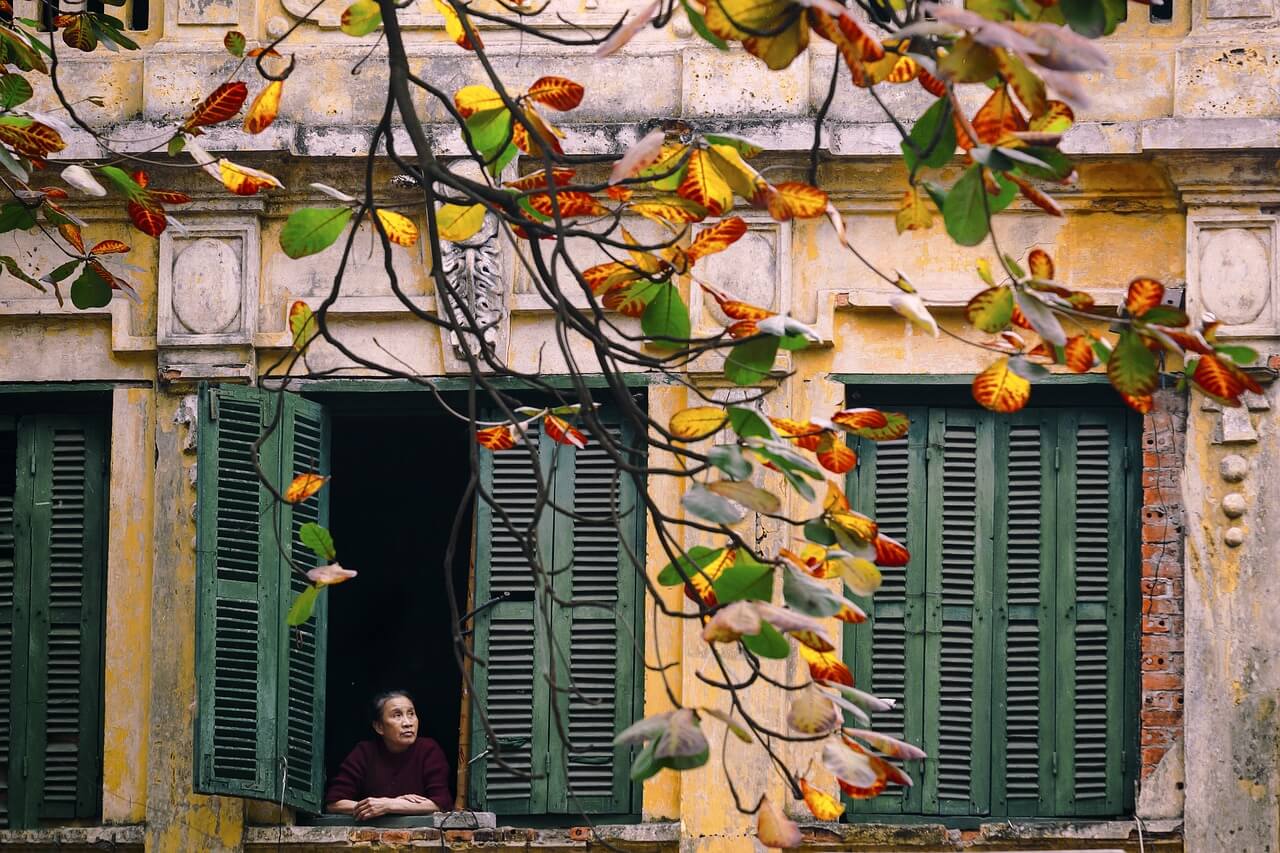
Not to be missed are the One Pillar Pagoda, a centuries-old Buddhist temple, and the Ho Chi Minh Mausoleum, the final resting place of the revered former Prime Minister. Furthermore, a visit to the Temple of Literature, Vietnam’s first national university, will leave you in awe of its historical grandeur.
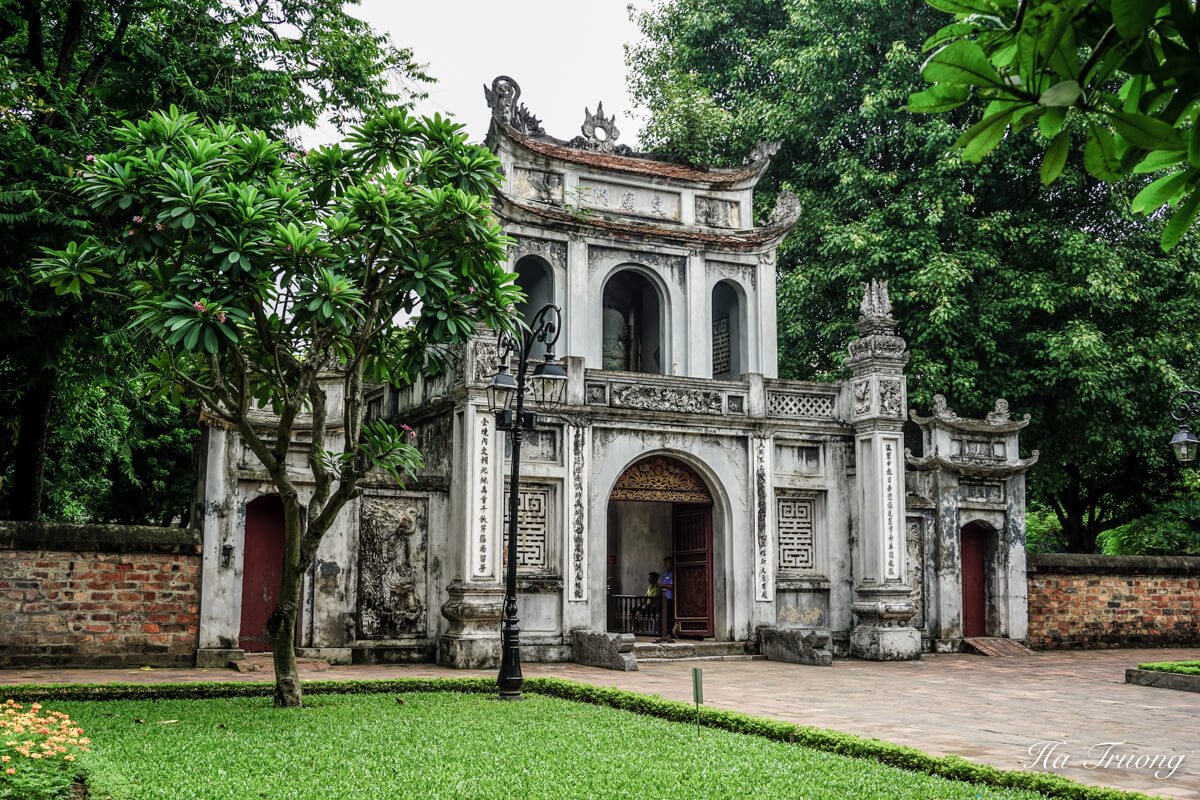
Autumn is the best time to experience Hanoi’s poetic beauty, as the city turns into a mesmerizing palette of warm colors, gentle sunlight, and cool breezes. I’ve put together a detailed guide for exploring Hanoi during this season.
Ha Giang
If you’re longing for untouched landscapes and authentic cultural experiences, Ha Giang is an excellent place to visit in Vietnam.
This serene area, known for its rugged mountainous terrain, remarkable cultural diversity, and dreamlike beauty, offers an unparalleled experience that sets it apart from the more mainstream destinations in Vietnam.
Ha Giang’s awe-inspiring landscapes are beyond comparison. Its winding roads snake their way up steep mountains, through deep valleys, and past shimmering rice terraces that reflect the ever-changing sky.

As you conquer the famous Ma Pi Leng Pass, part of the epic Ha Giang Loop, the panoramic view will leave you speechless. This route, revered by adventurous motorcyclists, is not for the faint-hearted but the reward – a vista of one of the most spectacular landscapes on Earth – is absolutely worth it.

The natural splendor of Ha Giang is equally matched by its cultural richness. Home to nearly 20 ethnic minorities, each with its unique customs, traditions, and colorful garments, Ha Giang is a cultural mosaic.
You’ll have opportunities to visit local markets, where these ethnic groups converge to trade goods, offering a vibrant spectacle of color and activity.

Sapa
Sapa, nestled in the heart of Vietnam’s mountainous North, is a serene town that offers stunning vistas of terraced rice fields, picturesque valleys, and vibrant tribal culture. Here, the untouched beauty of nature meets the colorfully rich customs of ethnic tribes, making Sapa a world of its own.
Embarking on a trek through the verdant landscapes of Sapa, you’ll be impressed by the beauty of the Muong Hoa Valley’s terraced fields. Nestled within these valleys are quaint villages inhabited by the Hmong, Dao, Tay, Giay, and Xa Pho ethnic groups, each having its own unique culture and traditions.
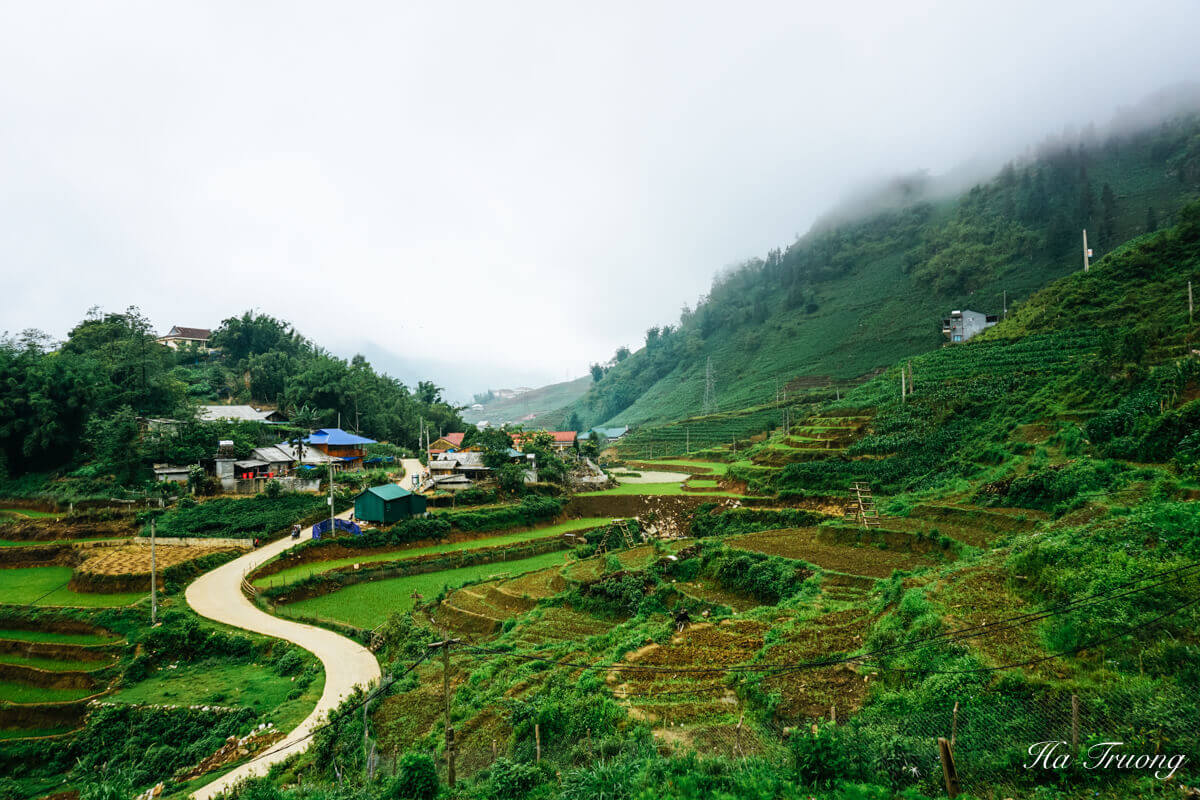
I highly recommend visiting the Lao Chai Ta Van village, a serene hamlet embraced by mountains and lush green fields. Also, take a detour to the Cat Cat village, where you can get some souvenirs. Plus, a journey to the breathtaking O Quy Ho Pass will reward you with some of the most mesmerizing views of the region.
Read more: The best time to visit Sapa, Vietnam.
Ha Long Bay
When it comes to breathtaking natural beauty, Ha Long Bay stands out. A UNESCO World Heritage Site, it’s home to over 1600 limestone islands and islets emerging from the emerald waters. Each island is a world of its own, featuring diverse ecosystems, lush green forests, and majestic caves.
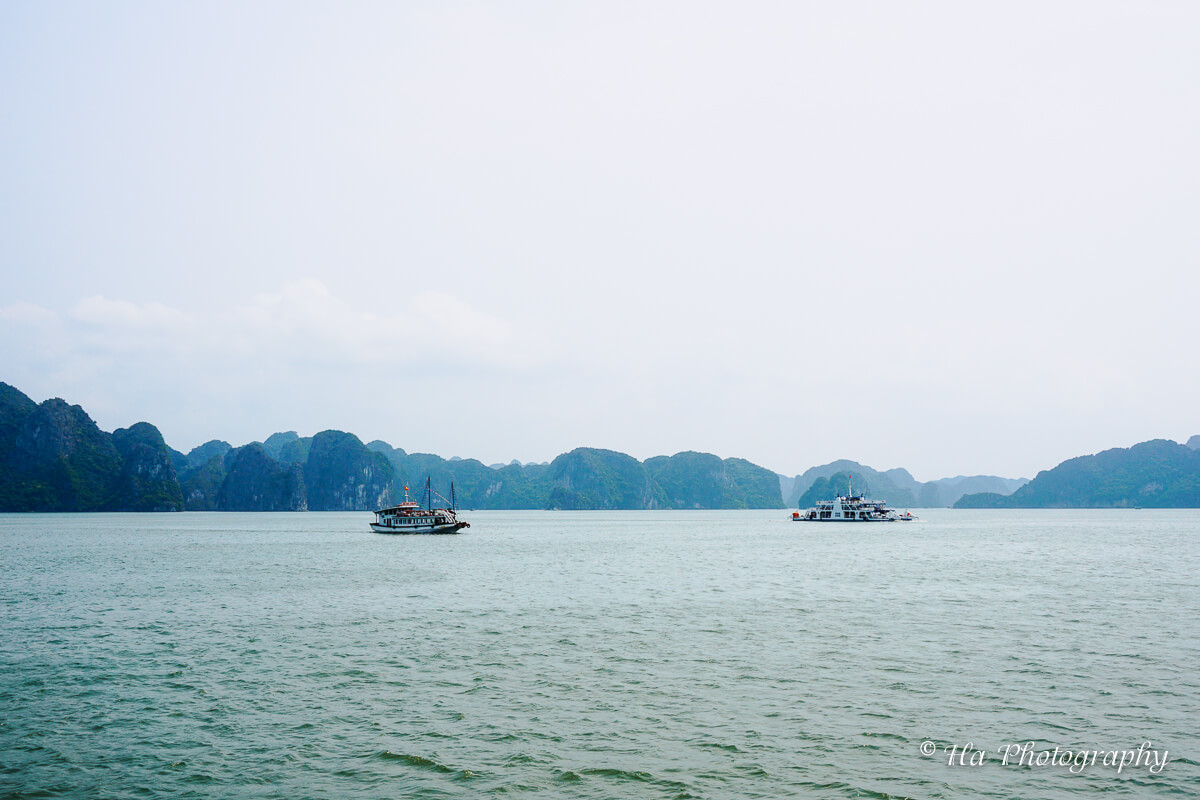
One of the best ways to explore Ha Long Bay is to embark on a cruise trip. Trust me, nothing can be more better than gliding through the serene waters, witnessing the sublime beauty of the towering limestone pillars, and witnessing the mesmerizing sunset painting the sky in hues of gold.
The bay is a four-hour bus journey from Hanoi, so instead of cramming it into a day trip, I suggest staying a couple of days to truly soak in the splendor. While there, don’t miss the opportunity to kayak around the bay, explore the beautiful caves, and enjoy a peaceful night under the starlit sky.
Cat Ba Island & Lan Ha Bay
If Ha Long Bay is the queen of natural beauty, Cat Ba Island is the undiscovered princess, waiting to charm its visitors. Being the largest island in the Cat Ba Archipelago, it offers diverse natural landscapes, from lush tropical rainforests to intricate cave systems and stunning beaches.
The Cat Ba National Park, recognized as a World Biosphere Reserve by UNESCO, is a haven for wildlife enthusiasts. The park boasts diverse flora and fauna, some of which are endemic to the island. Exploring the hiking trails, you’ll come across the island’s rich biodiversity.
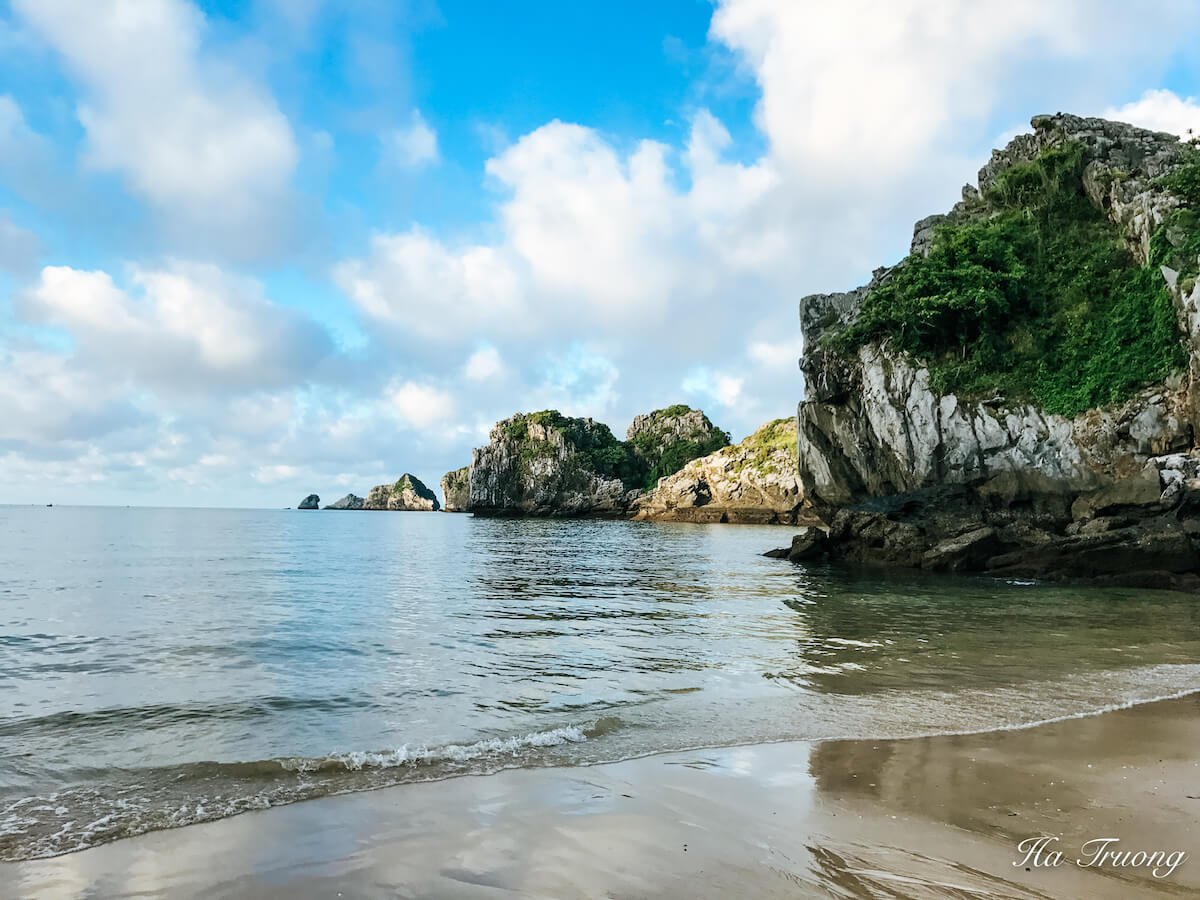
The beaches, Cat Co 1, Cat Co 2, Cat Co 3, are the perfect spots to relax, with their white sands and clear waters. They offer a serene getaway from the bustling life of mainland Vietnam.
A stone’s throw away is Lan Ha Bay, an equally stunning area with hundreds of towering limestone mountains and beautiful, hidden beaches. Here, you can go kayaking, rock climbing, or simply lay back on a cruise ship and soak in the mesmerizing beauty of the surroundings.

Ninh Binh
Often referred to as “Ha Long Bay on land,” Ninh Binh is an unspoiled gem in the North of Vietnam. A mosaic of rivers, mountains, rice fields, and ancient temples, Ninh Binh is nature and history interwoven in an extraordinary manner.
One of the must-see places in Ninh Binh is Trang An. The boat tour through Trang An will take you through a series of crystal-clear waterways, surrounded by towering limestone mountains and sprawling greenery, offering some of the most stunning vistas in Vietnam.
Close by, you will find the Bai Dinh Temple, the largest Buddhist complex in Vietnam. This place offers an overwhelming sense of tranquility. The Hoa Lu Ancient Capital and Mua Cave are equally interesting, offering glimpses into the country’s history and natural beauty.
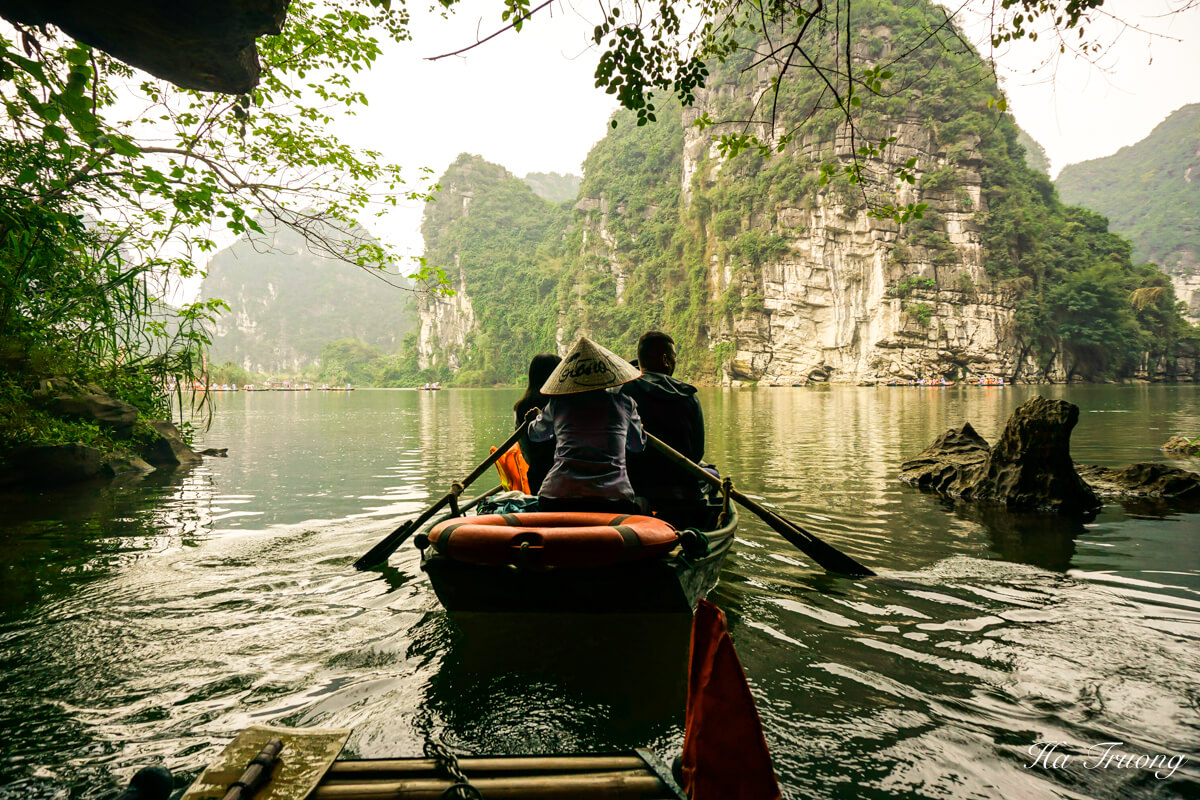
Read more: How to get from Hanoi to Ninh Binh.
Mai Chau
Just a three-hour drive from Hanoi, Mai Chau is a haven of tranquillity, surrounded by lush rice paddies, towering limestone mountains, and sprinkled with quaint stilt-house villages.
The picturesque beauty of Mai Chau coupled with its rich cultural heritage makes it an irresistible retreat for those in pursuit of authentic experiences and peaceful surroundings.

The valley transforms itself with each season, from the lush green summers to the golden hues of the harvest season, offering spectacular vistas all year round. Whether you choose to go on foot or prefer a leisurely bicycle ride, you’ll find yourself amazed in this stunningly serene paradise.
Mai Chau is home to the White Thai and Black Thai communities, whose unique cultures and way of life add to the charm of the valley. A walk through the villages of Van, Lac, and Pom Coong offers a sneak peek into the locals’ daily life, with houses on stilts, women weaving intricate brocades, and children playing traditional games.

Cao Bang
Undeniably off the beaten path, Cao Bang presents an extraordinary fusion of scenic splendors, from its dramatic karst peaks and mirror-like lakes to the unspoiled ethnic minority villages.
Cao Bang’s crowning jewel is undoubtedly the Ban Gioc Waterfall, one of the most spectacular waterfalls in Southeast Asia. Straddling the border between Vietnam and China, the waterfall descends from a height of about 30 meters, dividing into multiple tiers that create a visual spectacle of pure awe.
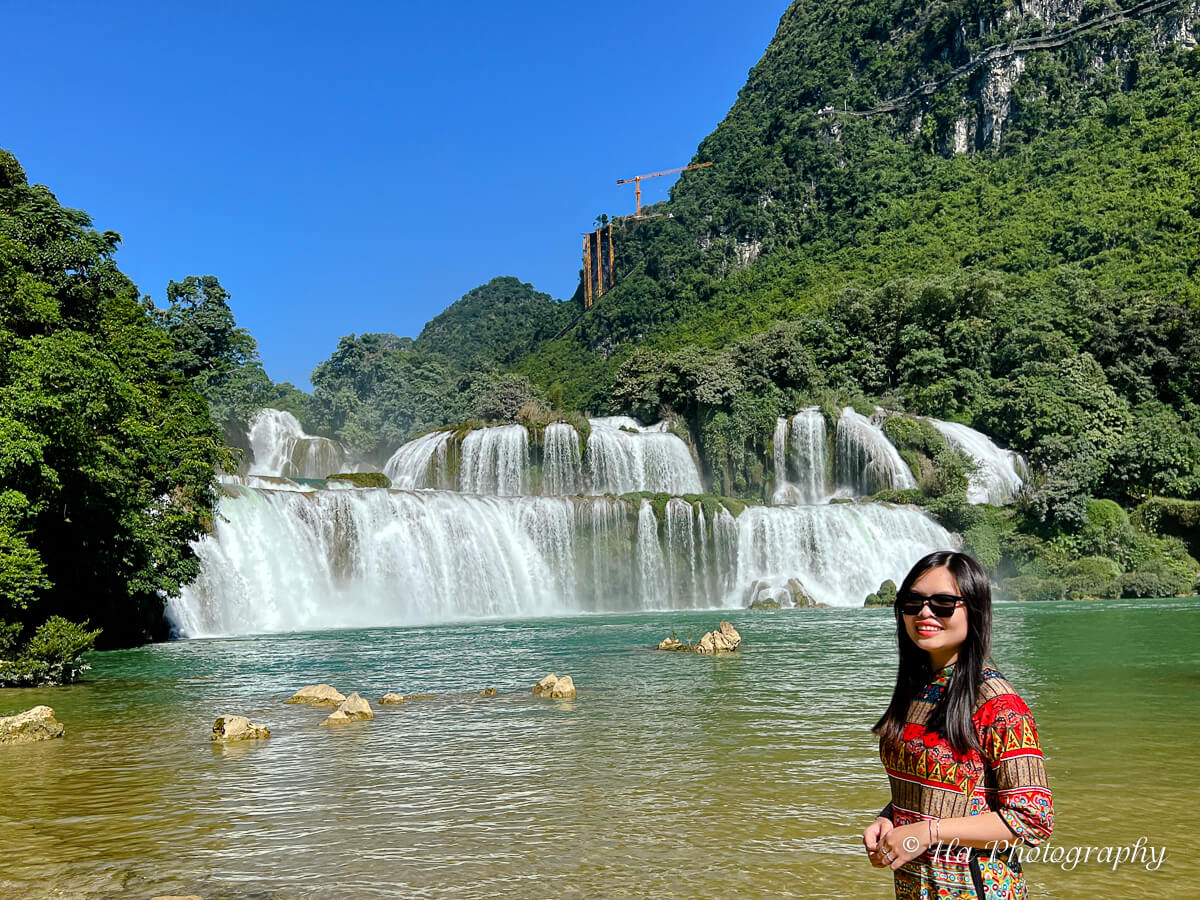
Another of Cao Bang’s natural marvels is the Nguom Ngao Cave, an expansive cavern adorned with a myriad of stalactites and stalagmites. Exploring the cave’s intriguing formations and experiencing the hush that accompanies such subterranean beauty can be an utterly mystifying experience.
Phong Nha – Ke Bang
Phong Nha-Ke Bang National Park, a UNESCO World Heritage Site, is truly a paradise for nature lovers.
The park is famous for its hundreds of intricate cave systems, and it also houses stunning mountains, tropical forests, and underground rivers. It’s like stepping into another world, where time seems to stand still, and nature thrives in its full glory.
On your visit, make sure to explore Paradise Cave, aptly named for its otherworldly beauty. It’s adorned with stunning stalactites and stalagmites that form a majestic natural cathedral. The Dark Cave is another incredible spot, known for its mud baths.
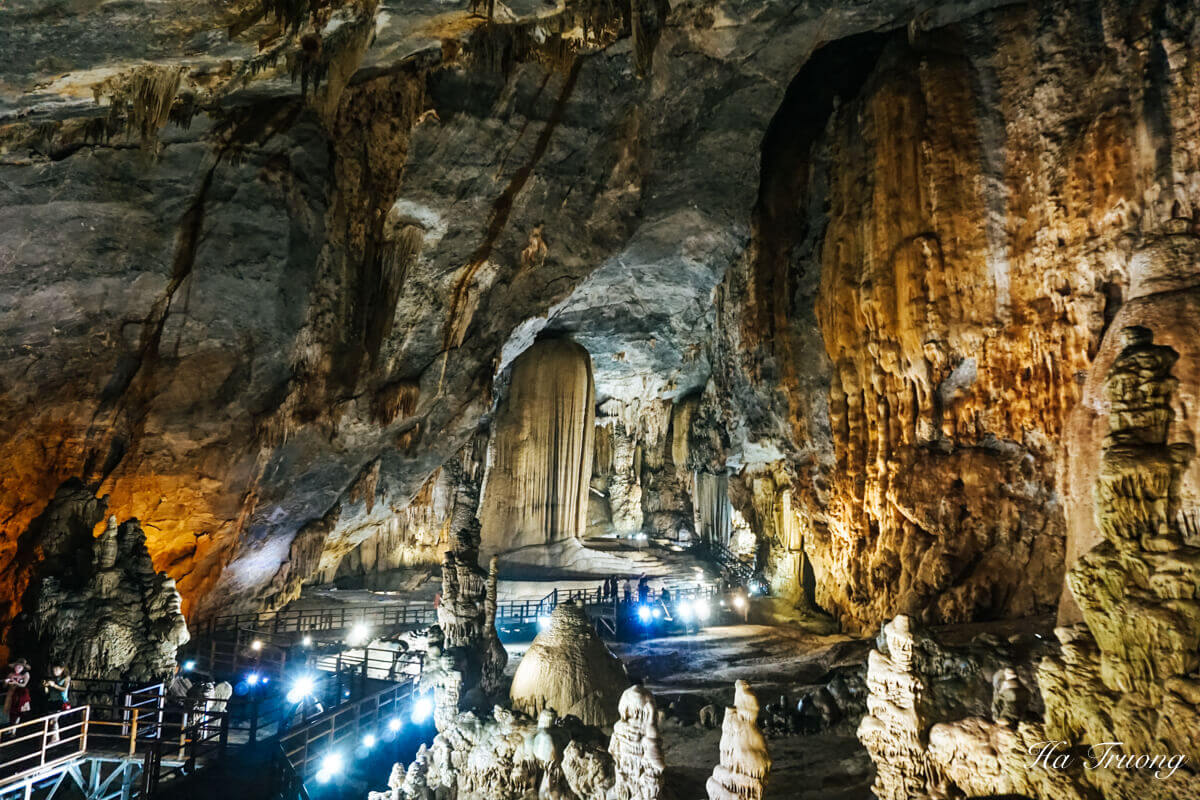
The Botanical Garden and Mooc River offer peaceful retreats, allowing you to connect with nature and enjoy its tranquility. Whether you’re an adventurer seeking thrilling experiences or someone who enjoys the serenity of nature, Phong Nha will never disappoint.
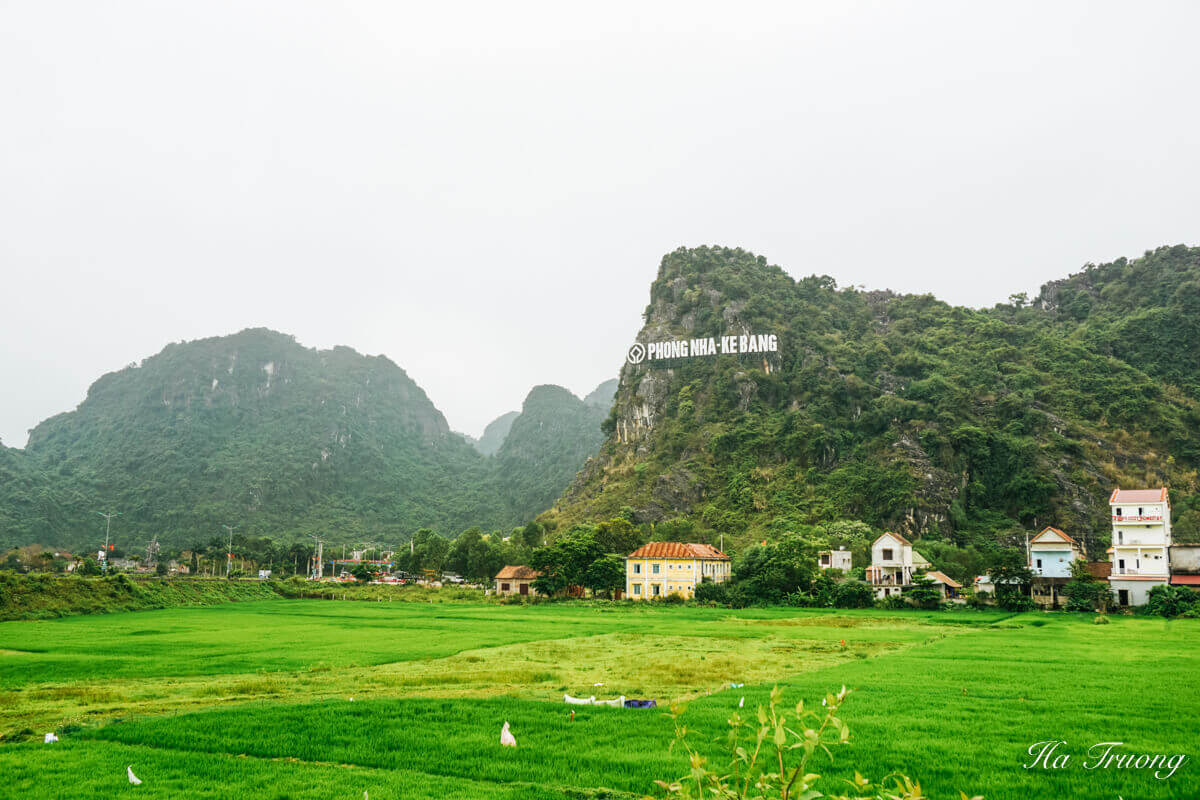
Hue
The city of Hue, the last imperial capital of Vietnam, is a living museum. It tells tales of emperors, wars, and ancient customs. With its well-preserved historical sites, serene landscapes, and rich culture, Hue is sure to cast a spell on history enthusiasts.
The centerpiece of the city is the Imperial City or the Citadel, which was once the seat of the Nguyen dynasty. The massive complex is dotted with temples, palaces, and gardens, echoing the city’s rich past. Just outside the city lie the tombs of the Nguyen Emperors, such as Khai Dinh tomb and Minh Mang tomb, each an architectural marvel in its own right.
For a slightly eerie, off-beat experience, I suggest visiting the abandoned Thuy Tien Lake waterpark. Despite being in ruins, it offers a unique charm that draws many travelers.
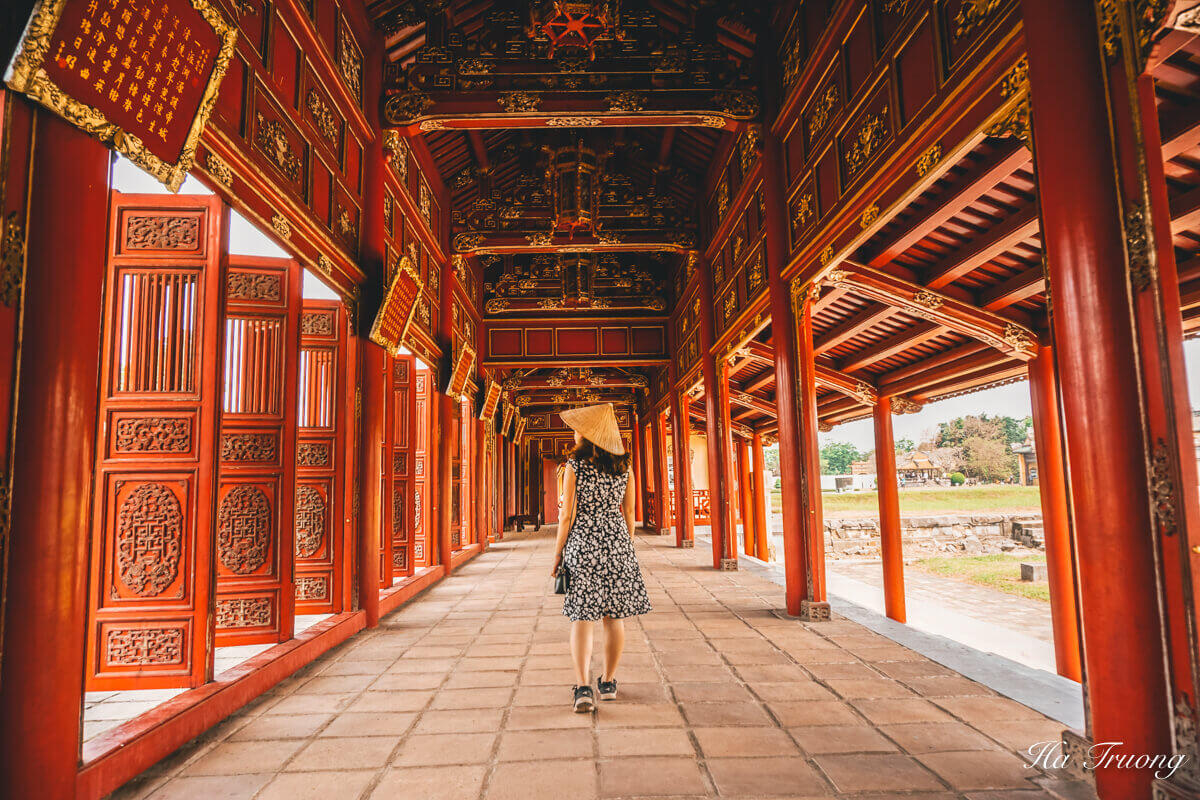
Da Nang
Da Nang, located on the coast, is a lovely blend of natural beauty, traditional charm, and modern sophistication. Contrary to popular belief, Da Nang is much more than just a gateway to Hoi An or Hue; it’s a destination that deserves your time and attention.
The city’s star attraction is arguably My Khe Beach, touted as one of the most picturesque beaches in Vietnam. It’s a great place to soak up the sun, swim, or just watch the sunset paint the sky with its magical hues.

Da Nang is also home to the majestic Marble Mountains, a cluster of five marble and limestone hills. Each mountain is said to represent a natural element and is dotted with caves, tunnels, and Buddhist sanctuaries that are waiting to be explored.
And Ba Na Hills, with their French village, lush gardens, and the famous Golden Bridge held by giant stone hands, offer an ethereal experience.
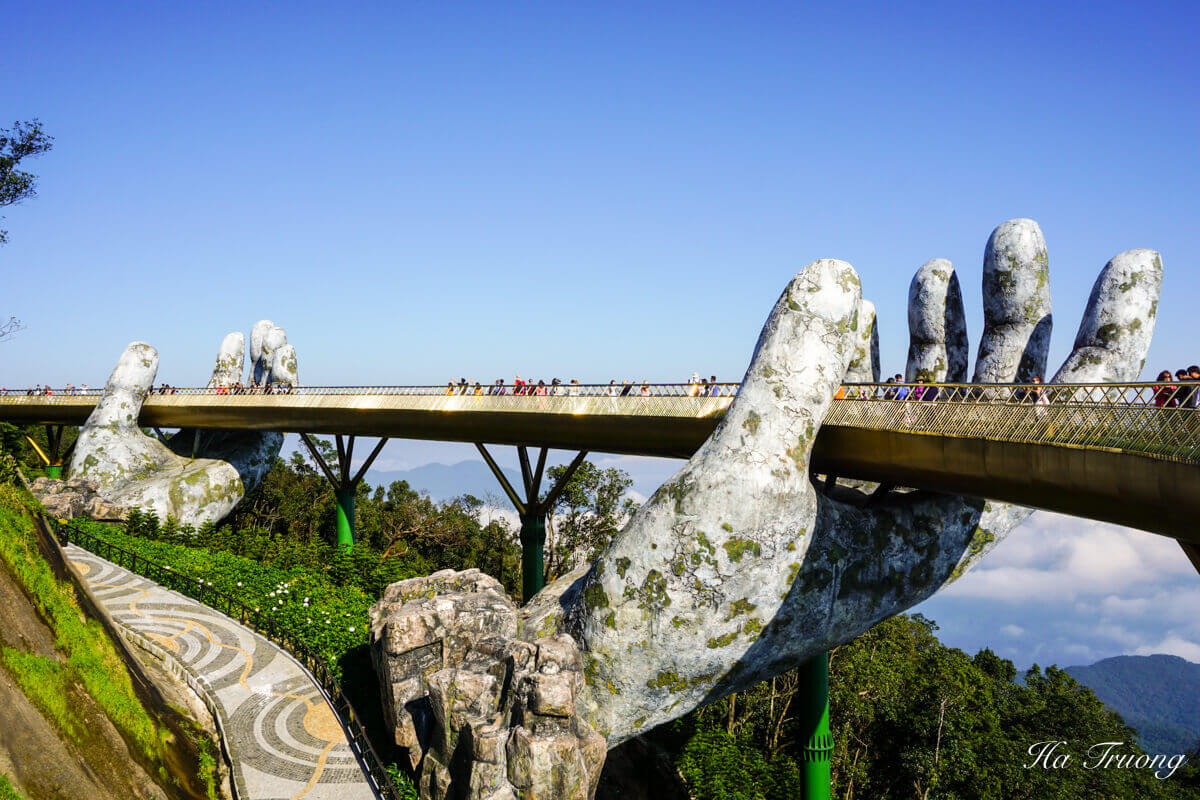
Meanwhile, the Son Tra Peninsula is a haven for nature lovers, offering panoramic sea views, winding trails, and a chance to spot the endangered Red Shanked Doucs.
Despite its rapidly modernizing skyline, Da Nang preserves its local culture, especially in its cuisine. Don’t miss trying local dishes like Mi Quang (Quang Noodles) or Banh Xeo (Vietnamese pancake).
Hoi An
Hoi An, a UNESCO World Heritage Site, is a beautiful testament to a bygone era. The well-preserved ancient town, with its narrow lanes lined with vibrant, centuries-old houses, reflects a blend of indigenous and foreign influences.
Walking through the streets of Hoi An, one can’t help but be captivated by the beauty and tranquility it offers. The city seems to exist in a different time, far away from the hustle-bustle of modern life. At night, Hoi An turns into a fairyland with lanterns lighting up every nook and corner of the city.
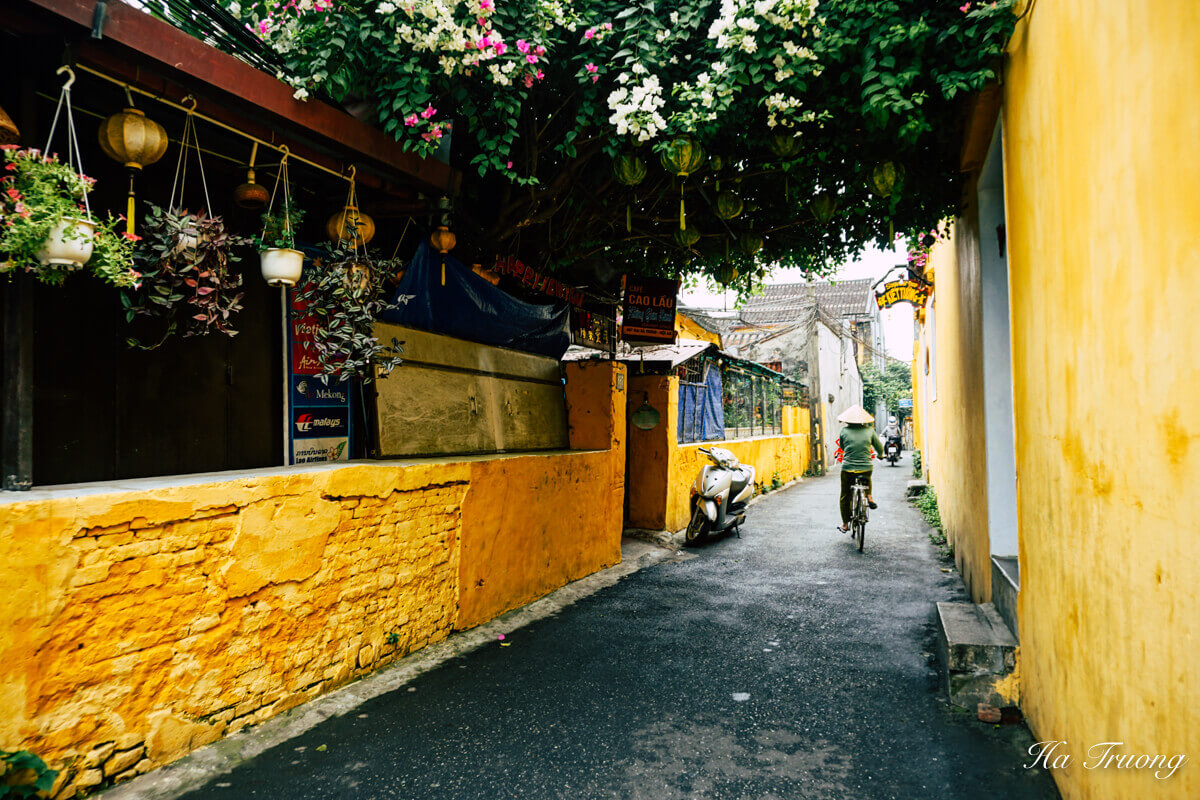
Hoi An is also known for its culinary delights. From street food stalls to fine dining restaurants, the city offers a variety of dishes to please your palate.
Don’t forget to try the local specialties like ‘Cao Lau‘ (noodles with pork and local greens), ‘White Rose’ (shrimp dumplings), and ‘Banh Mi‘ (Vietnamese sandwich).
The Cham Islands
A short boat ride from Hoi An will take you to the Cham Islands, an archipelago of eight small islands. It’s a perfect escape from bustling city life, with its pristine beaches, azure waters, and rich marine life.
The main island, Hon Lao, is where most activities take place. You can visit the local market for a slice of island life or dive into the crystal-clear waters to explore the vibrant coral reefs. For the more adventurous, there’s also the option of hiking through the dense jungles.
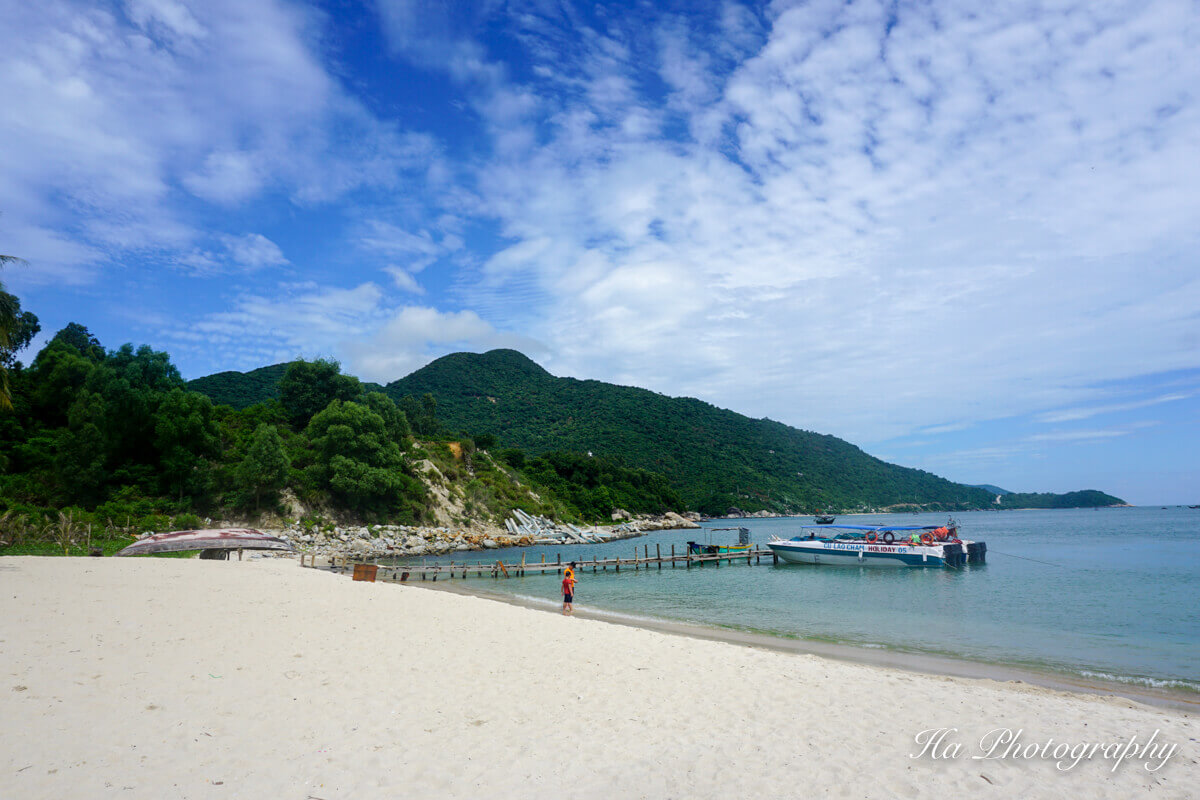
One of the unique features of the Cham Islands is its commitment to eco-tourism. Plastic bags are banned here, and efforts are constantly being made to preserve and protect the islands’ natural beauty. So, while you’re there, be a responsible traveler and do your part in preserving this stunning slice of paradise.
Cham Island is a wonderful day trip from Hoi An, and you can book your Cham Island tour here.
Phan Rang – Thap Cham
Nestled in Ninh Thuan Province, Phan Rang – Thap Cham offers an authentic Vietnamese experience. This region is home to the Cham people and is renowned for its Cham temples, particularly the Po Klong Garai Temple, a stunning example of Cham architecture.

Aside from exploring the ancient temples, you can visit the vineyards, sample local wines, and gain insight into the winemaking process.

For a more immersive cultural experience, head to the Bau Truc pottery village, one of the oldest pottery villages in Southeast Asia, where you can observe artisans shaping clay into beautiful pots.

Nha Trang
Nha Trang, with its stunning coastline, crystal clear waters, and beautiful islands, is Vietnam’s premier beach destination.
The long, sandy beaches are perfect for a day of relaxation, while the warm waters provide excellent conditions for a myriad of water sports like snorkeling, diving, and surfing.
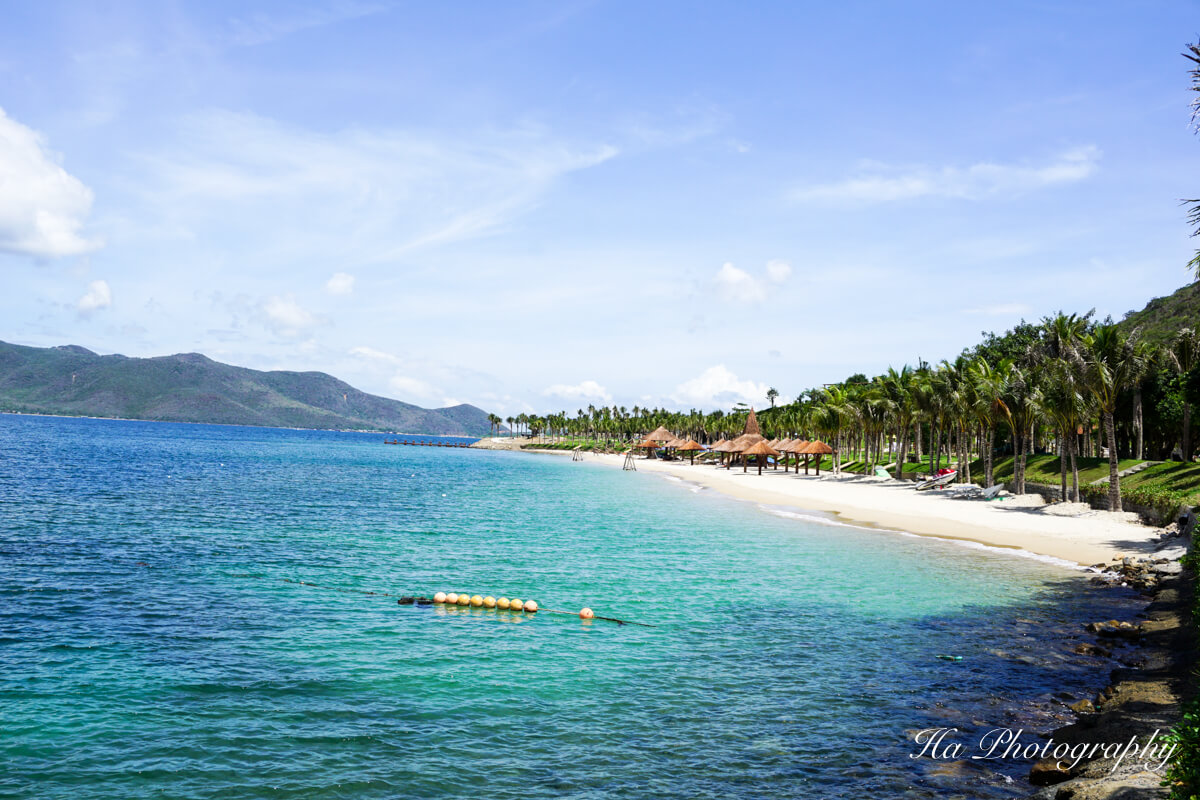
Nha Trang is not just about the beach though. It has some impressive historical sites, such as the Po Nagar Cham Towers, built between the 7th and 12th centuries, which offer stunning panoramic views of the city.

Another popular activity in Nha Trang is mudbath.
Also, don’t miss out on a chance to visit the Long Son Pagoda, notable for its white Buddha statue seated atop the hill.
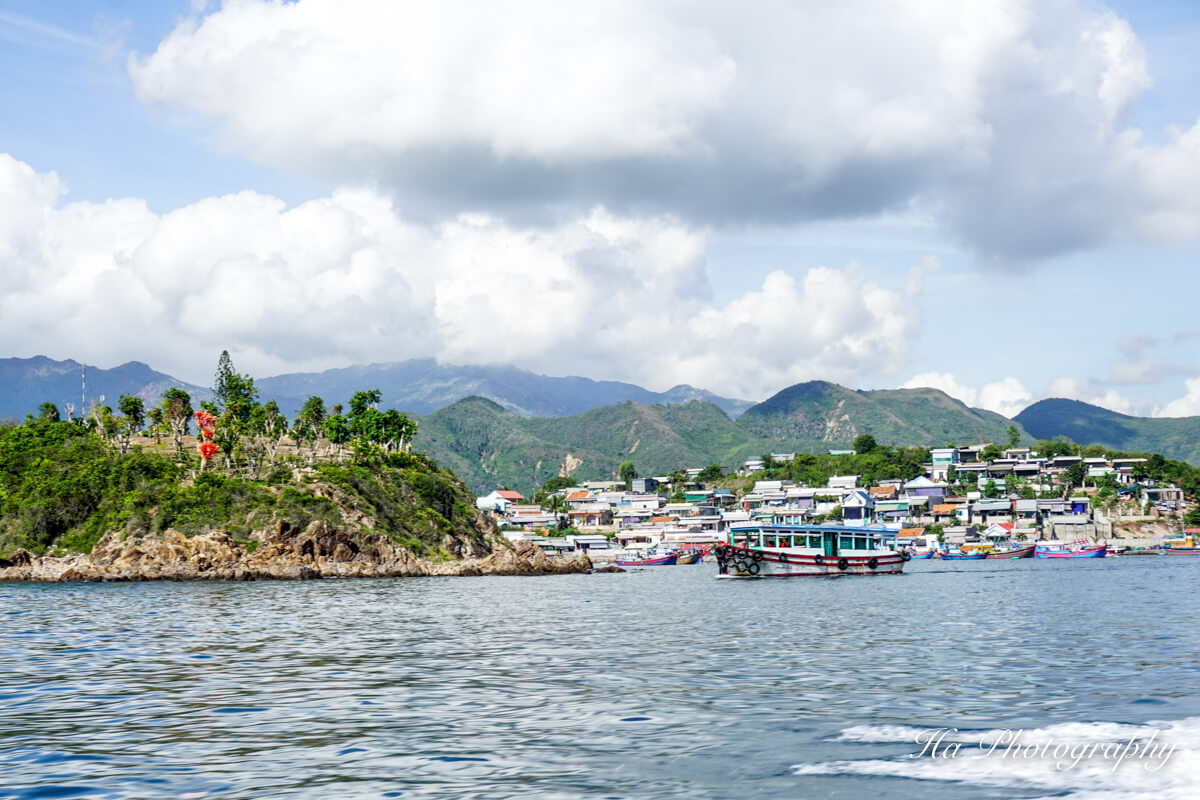
In the evening, head to the vibrant night markets for some local shopping or to sample some delicious street food. Try the city’s signature dish, ‘Bun Ca Sua’ – rice vermicelli with jellyfish, a must for seafood lovers.
Mui Ne
Often dubbed as the ‘Sahara of Vietnam’, Mui Ne offers a unique landscape filled with red and white sand dunes. The dunes stretch as far as the eye can see and are a spectacular sight, especially at sunrise or sunset.
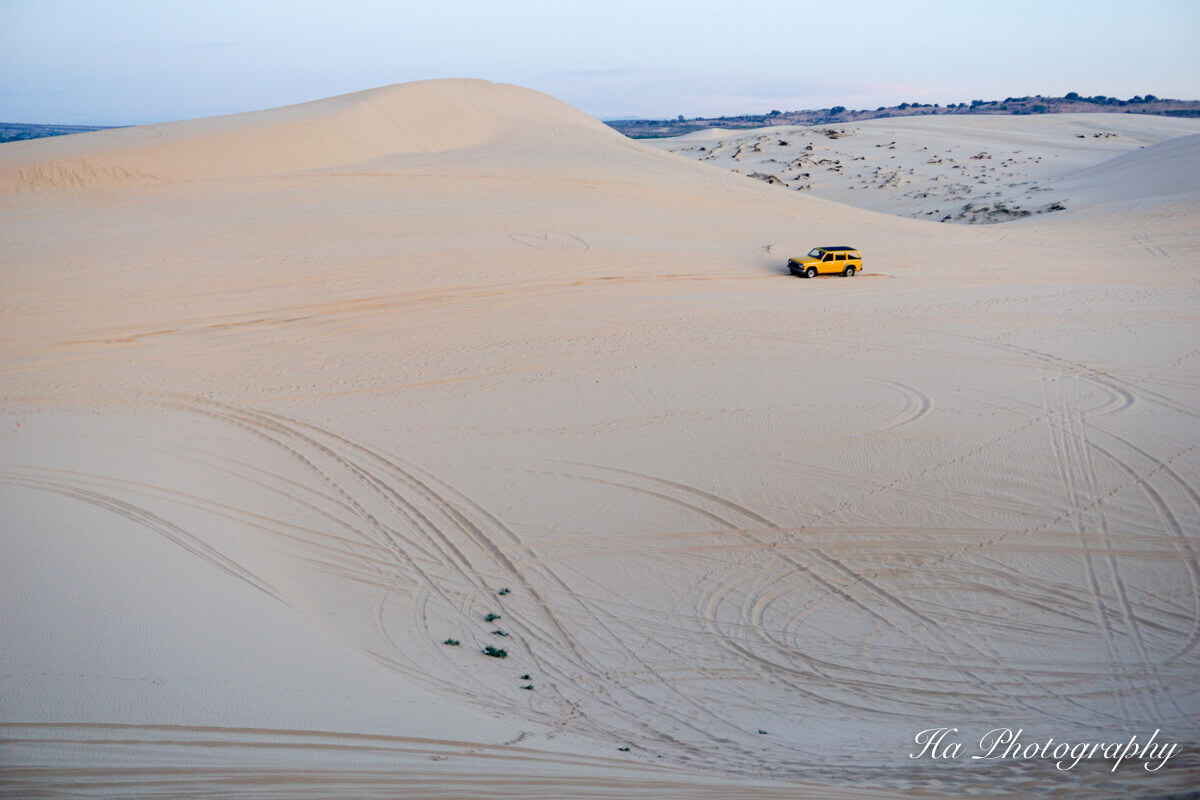
But Mui Ne’s allure doesn’t end with its dunes. The city is also home to a beautiful coastline with stunning beaches. The steady winds make it a hotspot for water sports like kite-surfing and windsurfing.
For those who prefer nature, visit the Fairy Stream, a small creek that cuts through a landscape of red and white sand dunes, or explore the local fishing village to see the colorful display of boats.

Da Lat
Known as the “City of Eternal Spring,” Da Lat stands out from other Vietnamese cities thanks to its cool climate, misty valleys, and beautiful flowers, giving it a distinctly European feel. The city is filled with French colonial architecture, adding to its charm and elegance.
Nature lovers will appreciate Da Lat’s lush landscapes, notably Lang Biang Mountain, offering breathtaking views, and the city garden, with its beautiful lake and blooming flowers.
Don’t miss the unique Crazy House, an unconventional building designed by a Vietnamese architect that’s a cross between Disney and Salvador Dali.
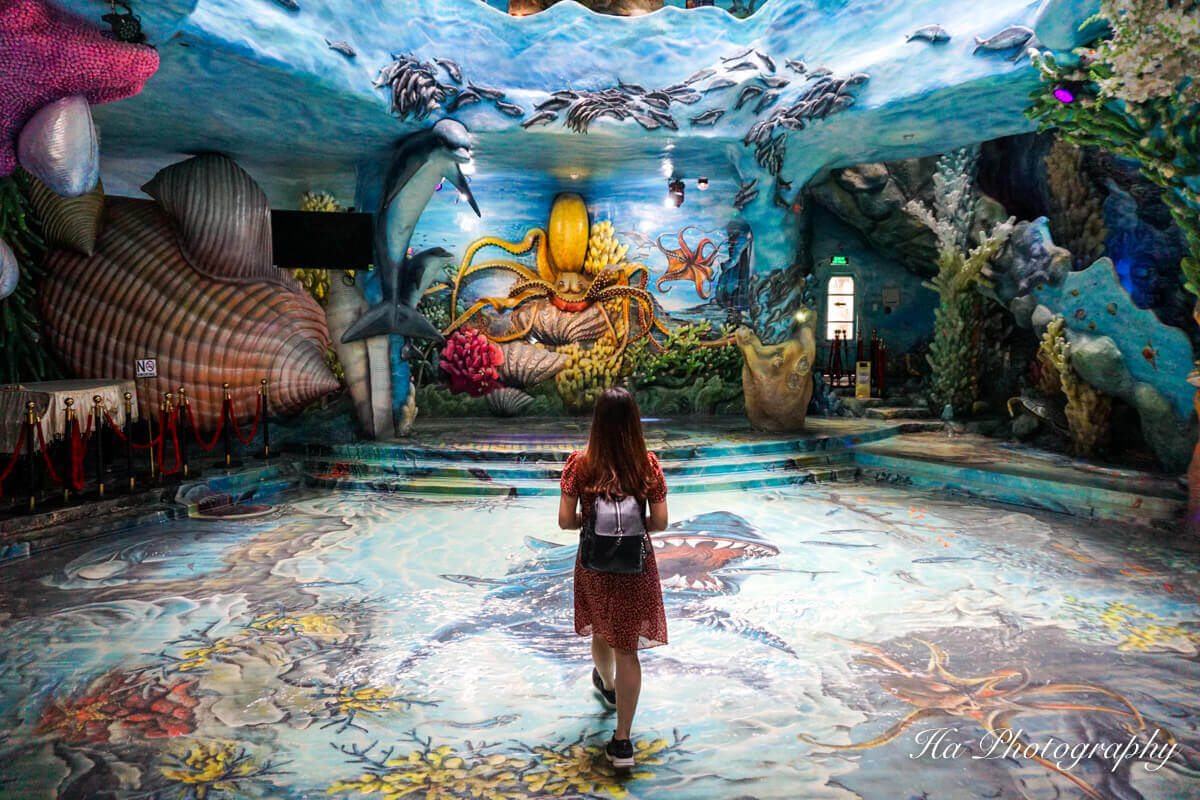
A visit to the Cau Dat tea hill at sunrise is a truly serene experience. The hill offers panoramic views of tea plantations, and the morning mist gives it an ethereal touch. On your trip, don’t miss a stop at Linh Phuoc Pagoda, a unique pagoda complex made of bottles.
And when it comes to food, try the city’s signature dish Banh Trang Nuong (Vietnamese pizza), and the tasty hotpot and BBQ in the evening.
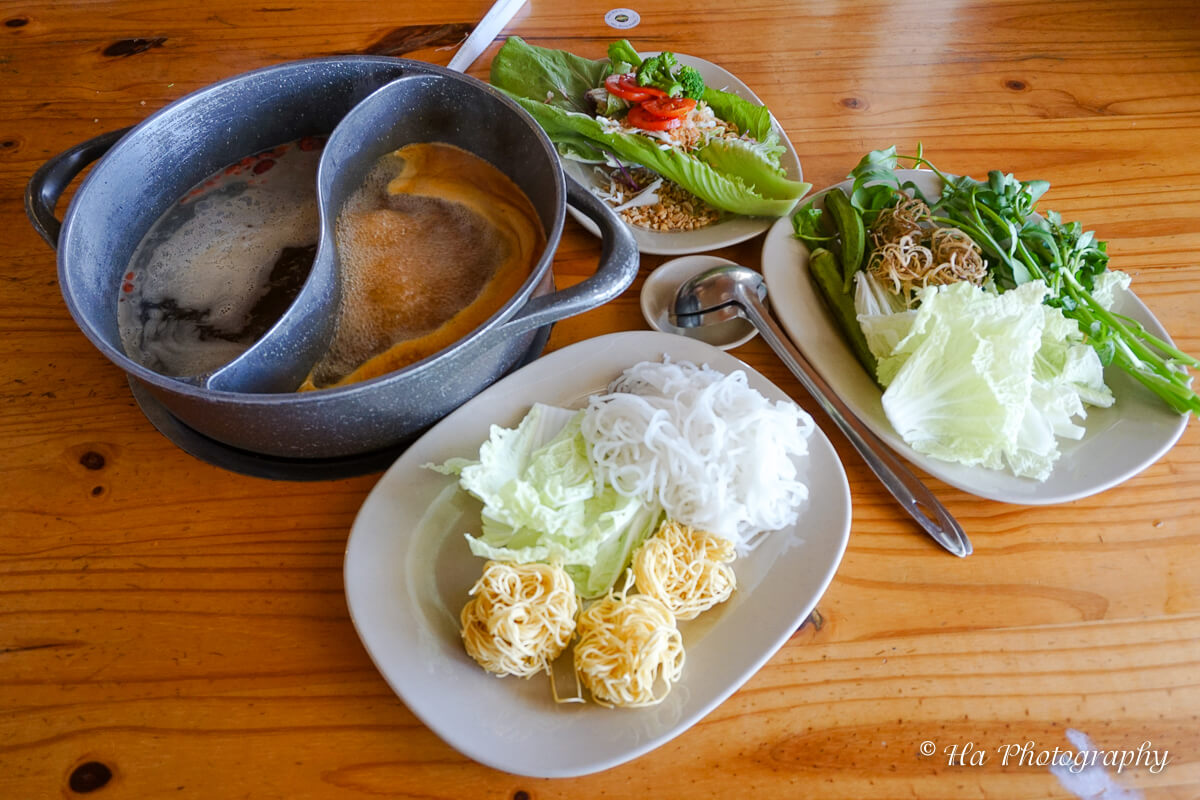
Ho Chi Minh City
Ho Chi Minh City, or Saigon as it is still commonly referred to, is a city that never sleeps. It is a city of contrasts, where the old meets the new, where skyscrapers coexist with colonial buildings, and where tradition merges with modernity.
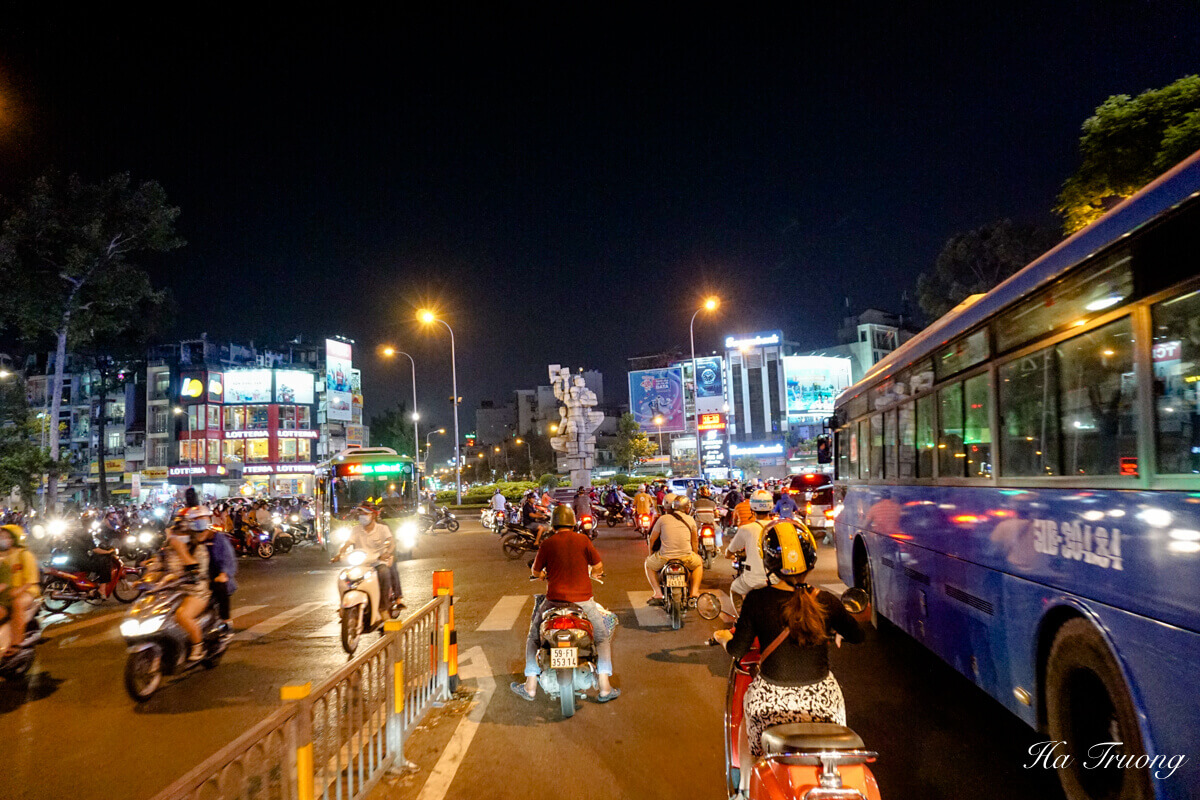
Saigon has plenty to offer its visitors. Explore the city’s history at the War Remnants Museum or the Independence Palace, experience the local culture in Cholon (Chinatown), or visit the intricate network of tunnels at the Cu Chi tunnels, a remnant of the Vietnam War.
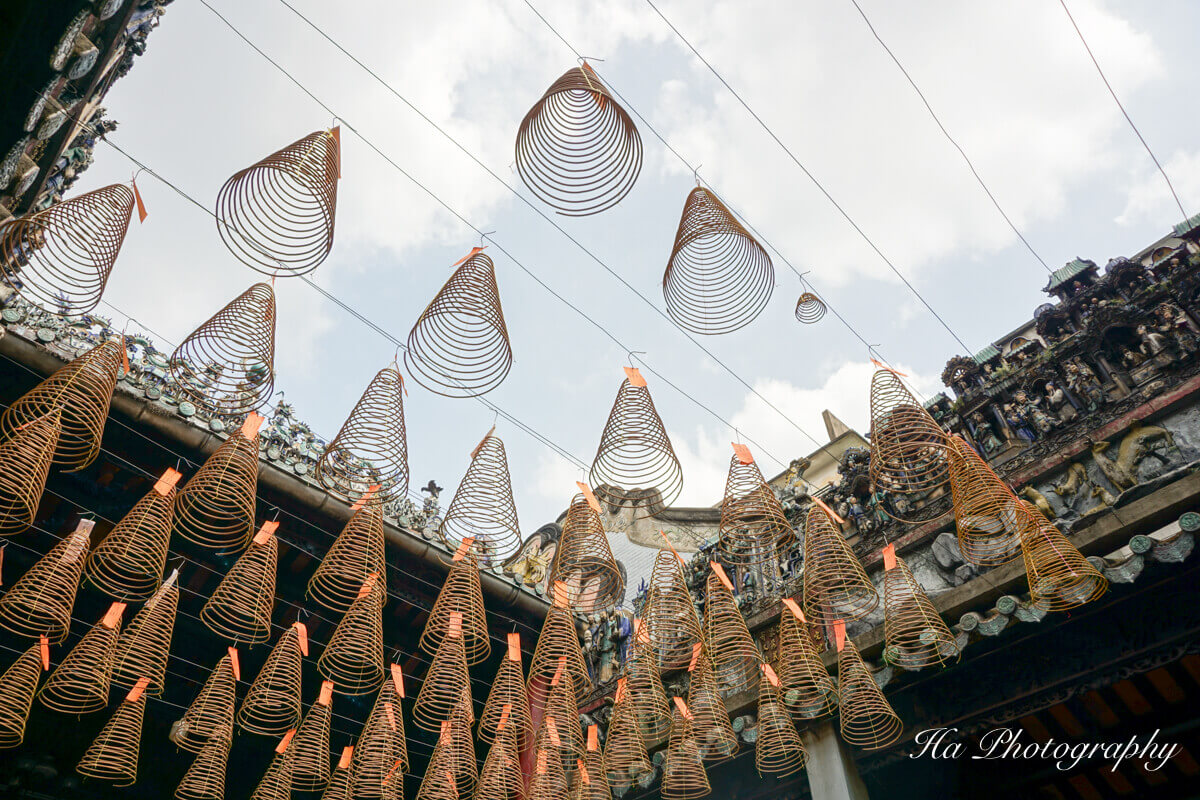
Ho Chi Minh City is also a culinary paradise. The city’s food scene is an amalgamation of its rich cultural diversity. Whether it’s street food or fine dining, Saigon has got you covered. Some of my favorites are Pho and Banh Mi, and the best way to explore Saigon cuisines is by joining a Saigon food tour.
Mekong Delta
You can experience rural Vietnam at its best in the Mekong Delta. It’s a watery landscape of green fields, orchards, and mangroves interspersed with bustling floating markets.
The highlight of any visit to the Mekong Delta is undoubtedly the floating markets. The largest and most popular is the Cai Rang floating market, where vendors on boats sell everything from fruits and vegetables to hot noodle soups.
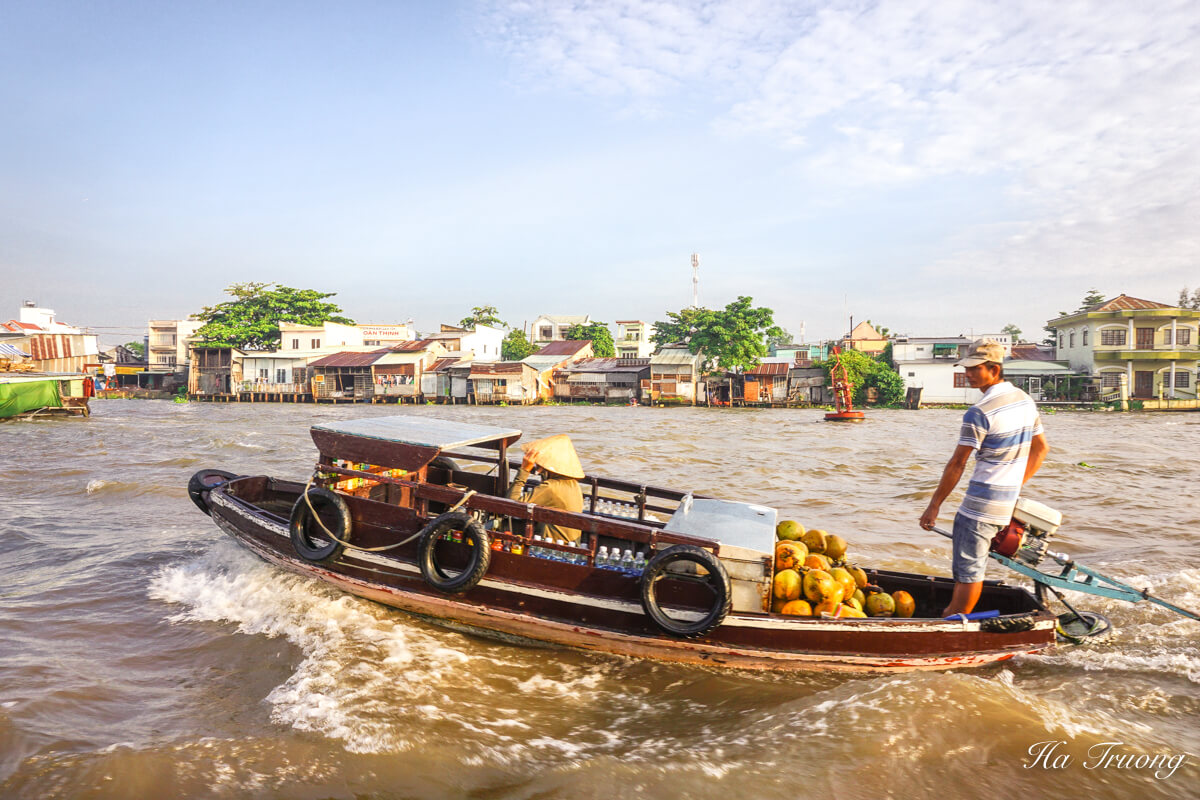
Phu Quoc Island
Phu Quoc island is a paradise for those seeking sun, sand, and crystal-clear waters.
As the largest island in Vietnam, Phu Quoc boasts stunning beaches, an untouched natural environment, and a laid-back vibe. Its white sandy beaches, like Long Beach or Sao Beach, are perfect for those who love to sunbathe, swim, or simply enjoy the magnificent sunset over the ocean.
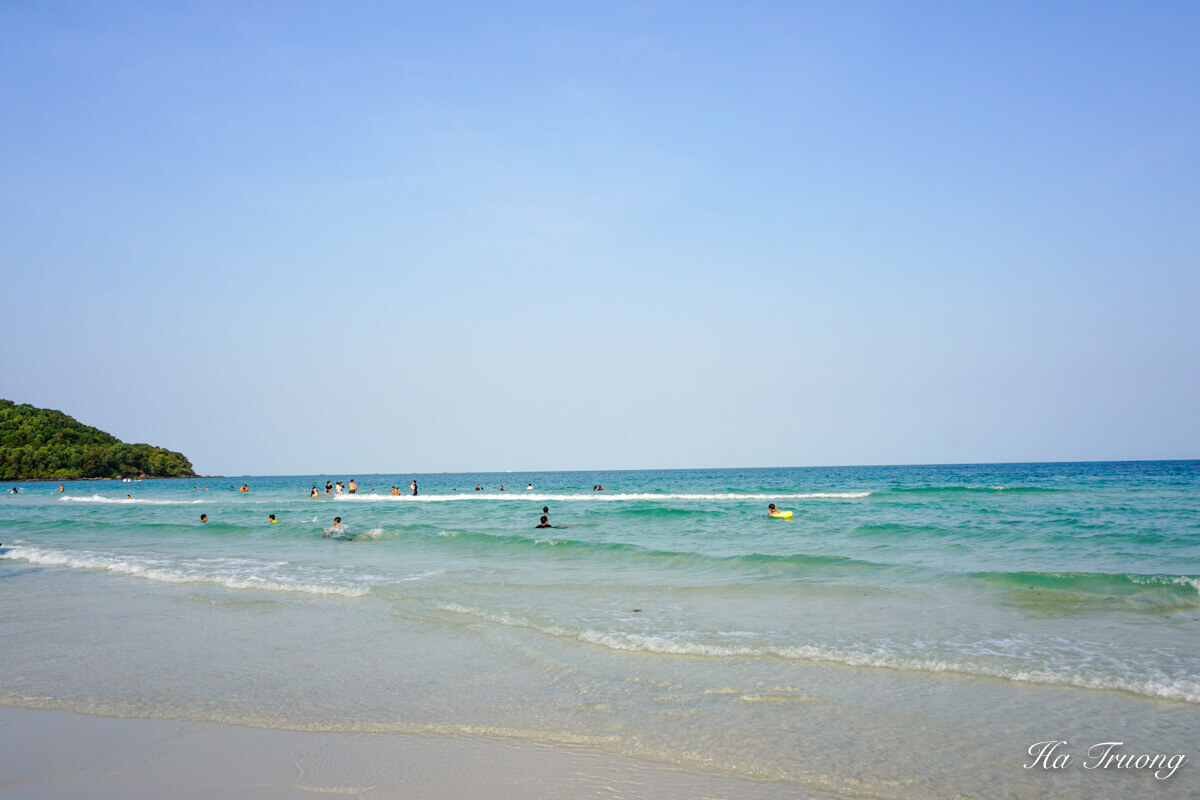
But there’s more to Phu Quoc than just beautiful beaches. The island is home to the Phu Quoc National Park, a UNESCO Biosphere Reserve, which covers more than half of the island.
The park is a sanctuary for a variety of wildlife and offers hiking trails, which are a great way to explore the island’s interior. You can ride a bike around the park and visit attractions such as Bee Farm or Pepper Farm.
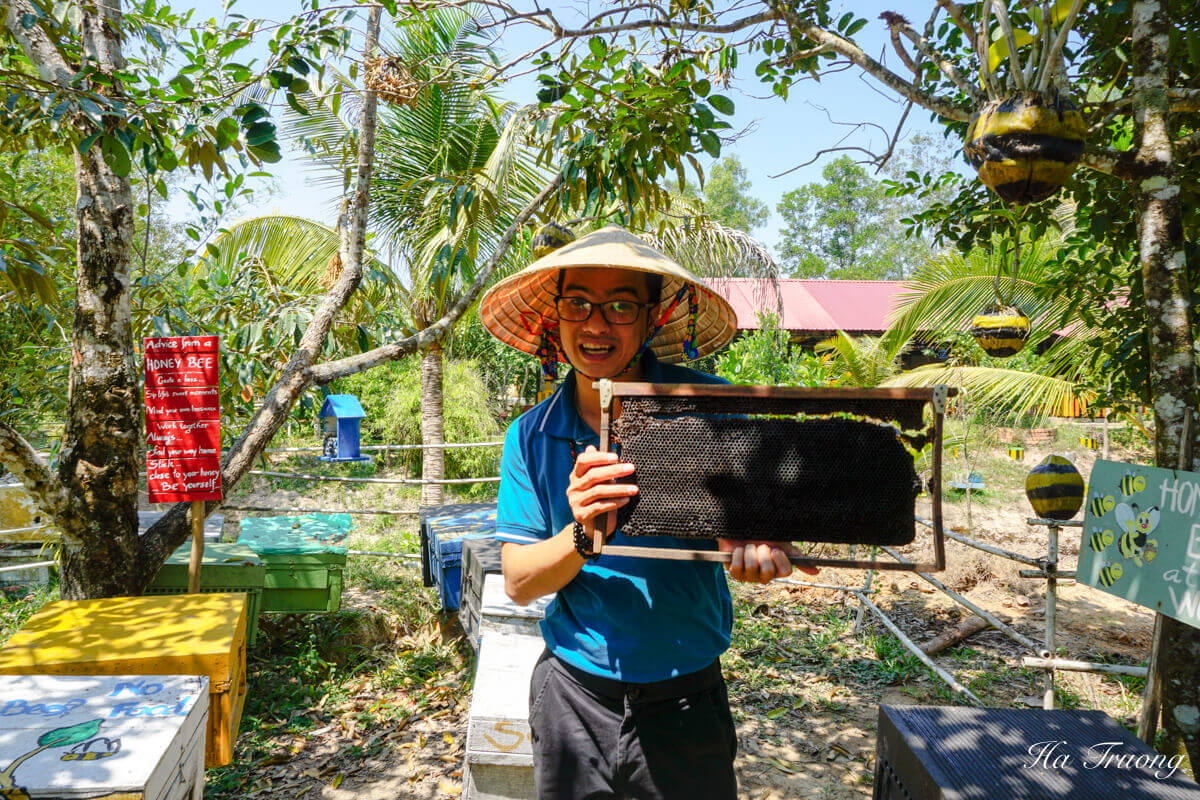
For history enthusiasts, Phu Quoc holds significant historical importance. It’s home to the Phu Quoc Prison, a chilling reminder of Vietnam’s past. Once used to detain prisoners during the Vietnam War, the prison is now a museum displaying exhibits from that era.
In Phu Quoc, you can also enjoy a vibrant night market in Duong Dong Town. Here, you can taste fresh seafood and local specialties, buy handmade souvenirs, or simply soak up the bustling atmosphere.
And if you want to dive beneath the waves, Phu Quoc offers rich marine life and coral reefs, making it an ideal destination for snorkeling and scuba diving.
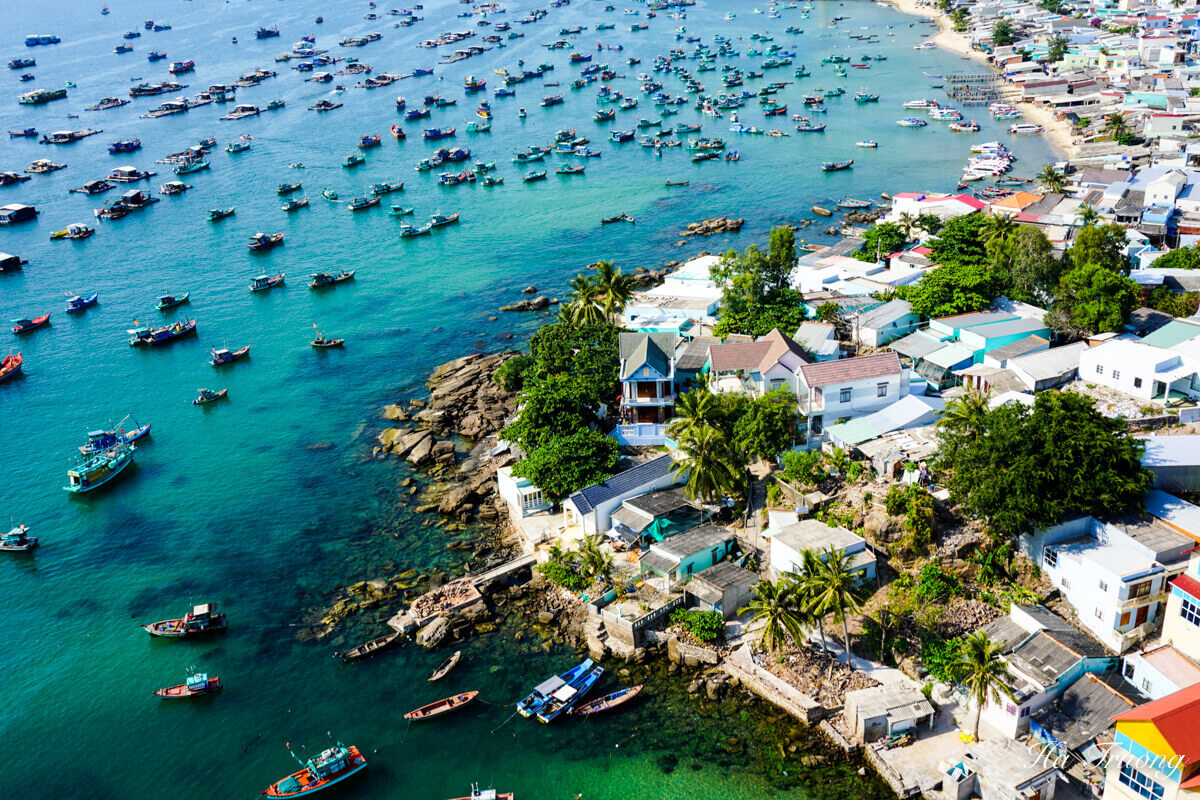
Every corner of Vietnam, from North to South, holds unique experiences, historical insights, natural beauty, and culinary delights. Whether you’re a nature enthusiast, history buff, foodie, or beach lover, Vietnam has got something for you.
To prepare for your trip to Vietnam
Pin it for later!
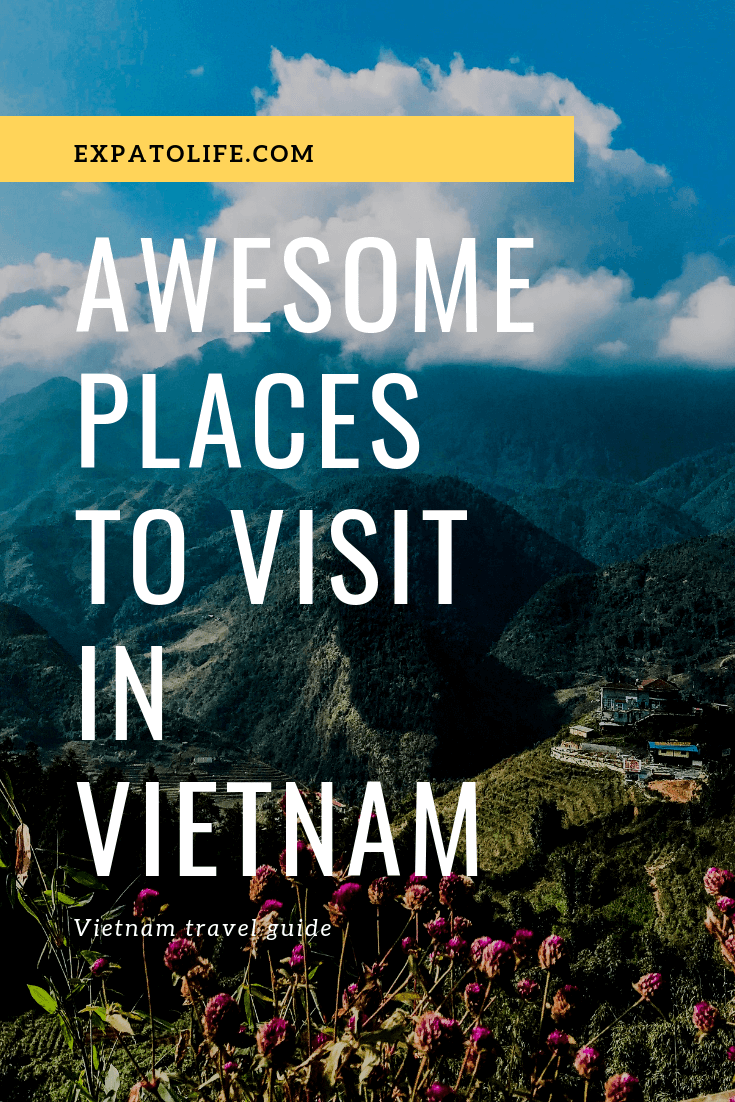


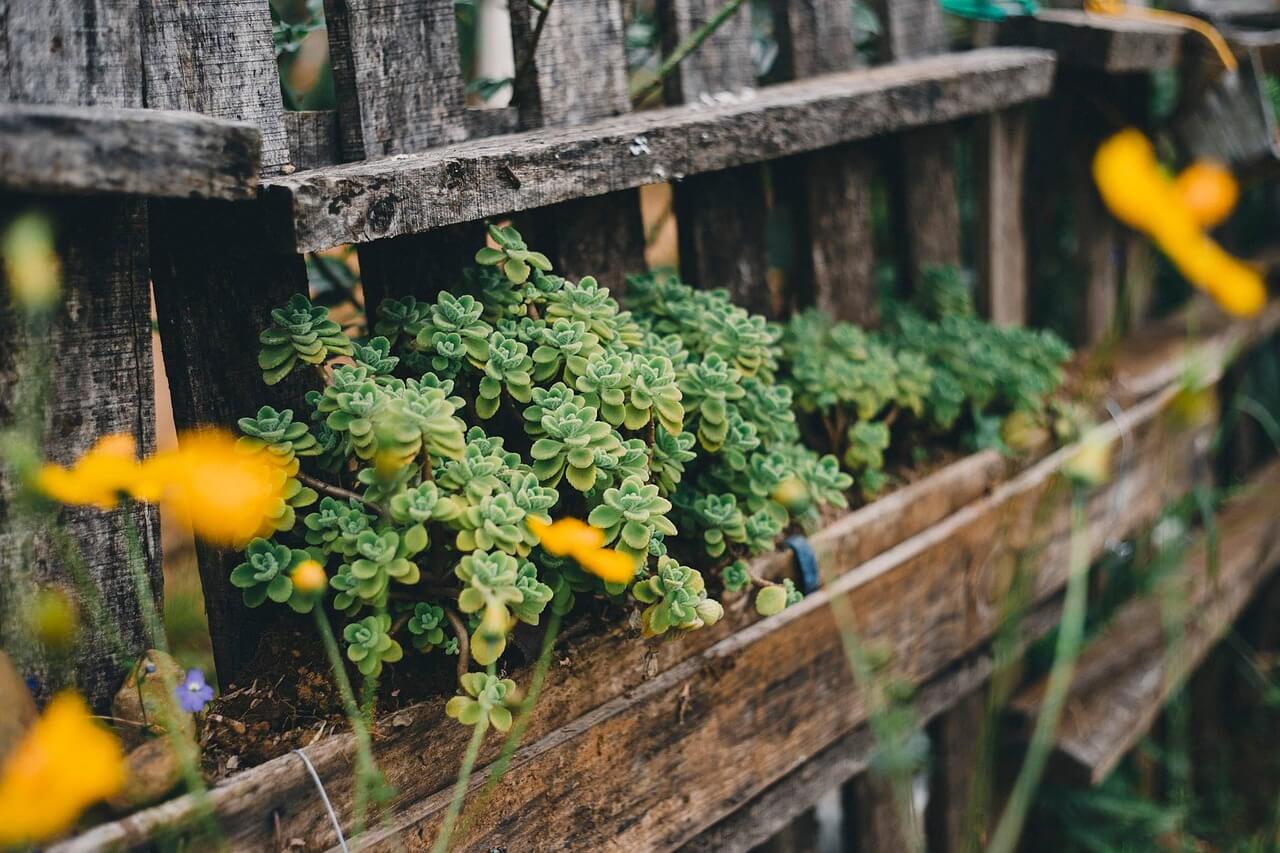
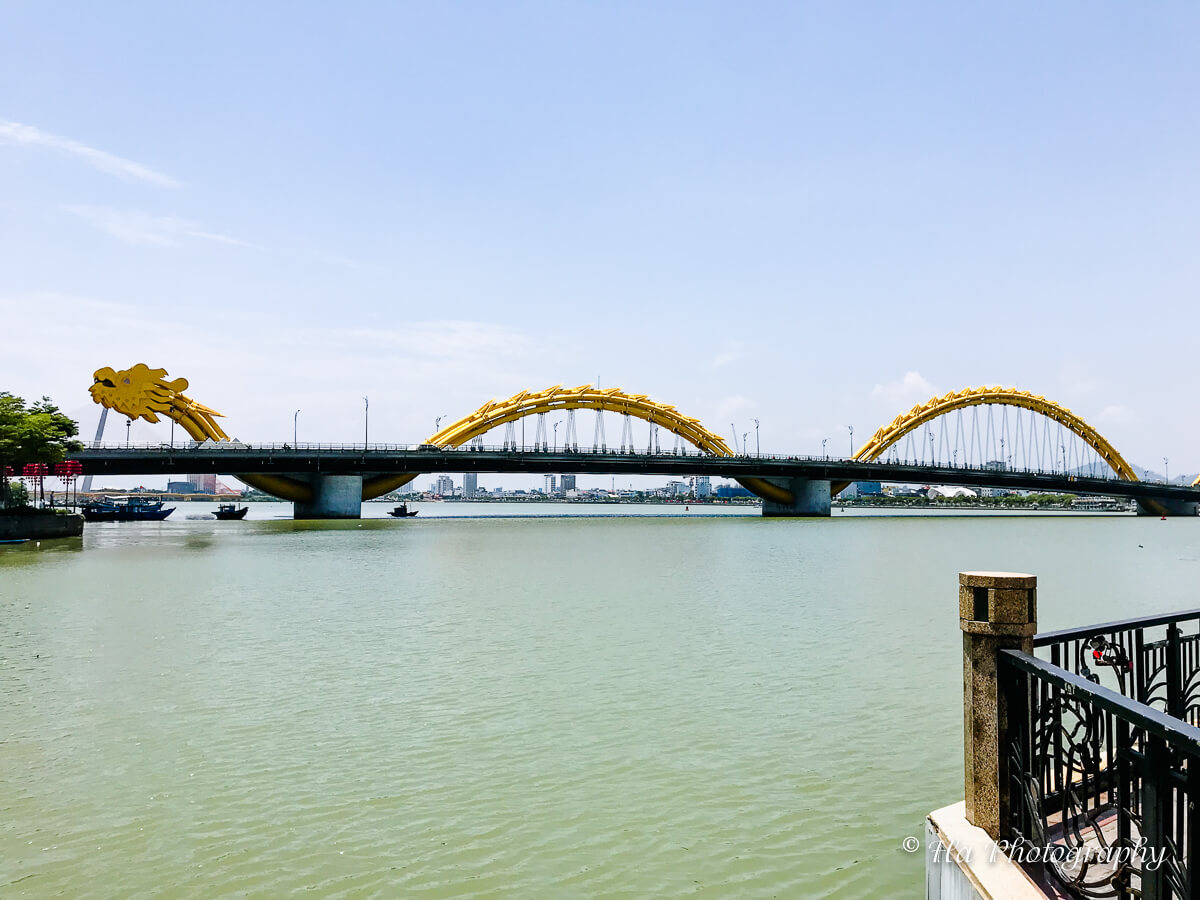
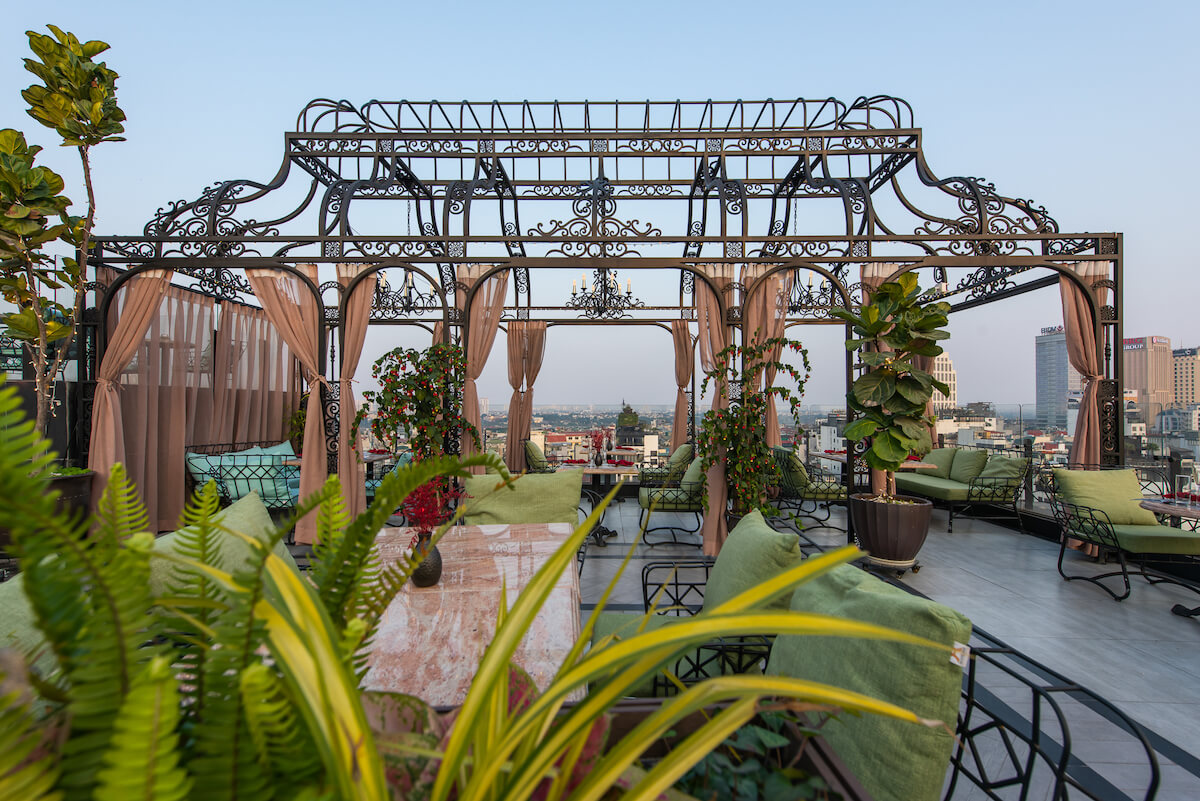
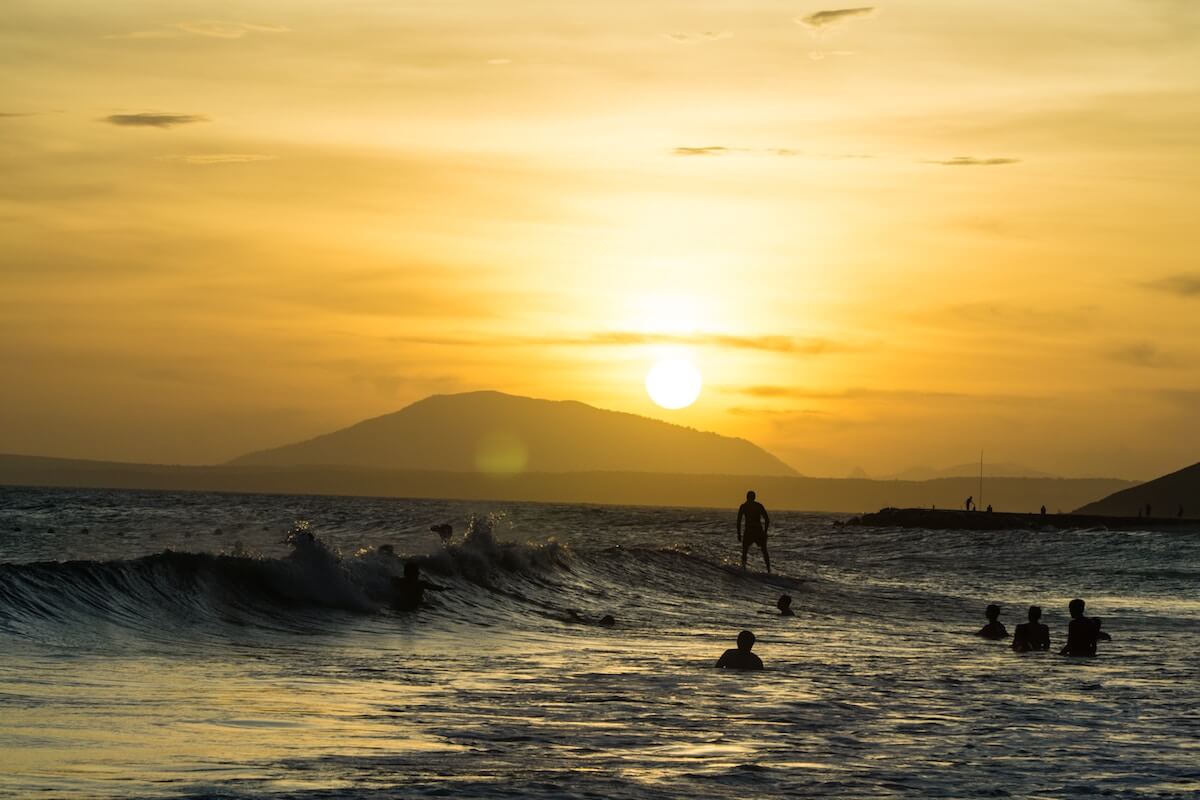
This is a great starting point for thinking about a trip to Vietnam. We’ve been considering which country in this part of the world to visit next, after a wonderful trip to Thailand this year, and Vietnam keeps coming to the top of the list. Thanks for the introduction!
Thank you, Kavita. I hope you will consider visiting my beautiful country :)
This brought back happy memories of my travels through Vietnam although I never made it to Dalat nor Mui Ne. Phu Quoc was my favourite place at the time, but I expect it’s changed since I was more than 15 years ago. Think it’s time for a revisit!
I think Phu Quoc has changed a lot lately, so it’s time to visit Vietnam again :)
I’m planning a trip to SEA for my birthday next year and want to spend some time in Vietnam. Thank you for breaking down all the major cities! I’m really interested in visiting Hue for the history and obviously Hanoi for the culture. The Mekong sounds like it would be fun to visit, especially for the floating market. Thanks for the heads-up about how long it takes to get to Ha Long Bay from Hanoi!
Spending great time traveling in Vietnam is definitely a good idea for birthday :)
Ahhh Vietnam is one of my favorite countries in the world! LOVE this list. Hoi An is the best!!! We never made it to Mekong Delta or HCM, but it looks like we need to make a trip back!
It’s great to hear that you love Vietnam! Hope you will come back one day and explore more :)
I’ve been considering going to Vietnam for a while. I’d like to go before it gets too touristy. I hadn’t realized how many UNESCO sites and beaches there were. What a perfect combination!
There are so many UNESCO sites in Vietnam, and we have beautiful beaches along the country :)
Vietnam looks amazing. I didn’t realize there were so many UNESCO sites in the country. I’d love to check out all of these places, but I would really love to see the Cai Beo floating village.
I hope you can visit Vietnam soon :)
Wow, you have given a complete list of places to visit in Vietnam from North to South. I have heard only about Hanoi and Halong Bay, but would love to explore the beautiful landscapes of Sapa. Mountain scenery and temple of Ninh Binh is also worth visiting.
Ha Long Bay is probably the most famous place in Vietnam, but surely Vietnam has more to offer :) All the places in this list are worth visiting.
I really loved visiting Vietnam when I was there a few years ago. I went to Saigon and to the center in Hoi An, but would love to see more! Sapa, Ninh Binh, and Hue are incredible. Hopefully, I’ll see it one day soon!
Great to hear that you had an amazing time in Vietnam :)
Vietnam has always been on our bucket list! It looks like a beautiful part of the world!